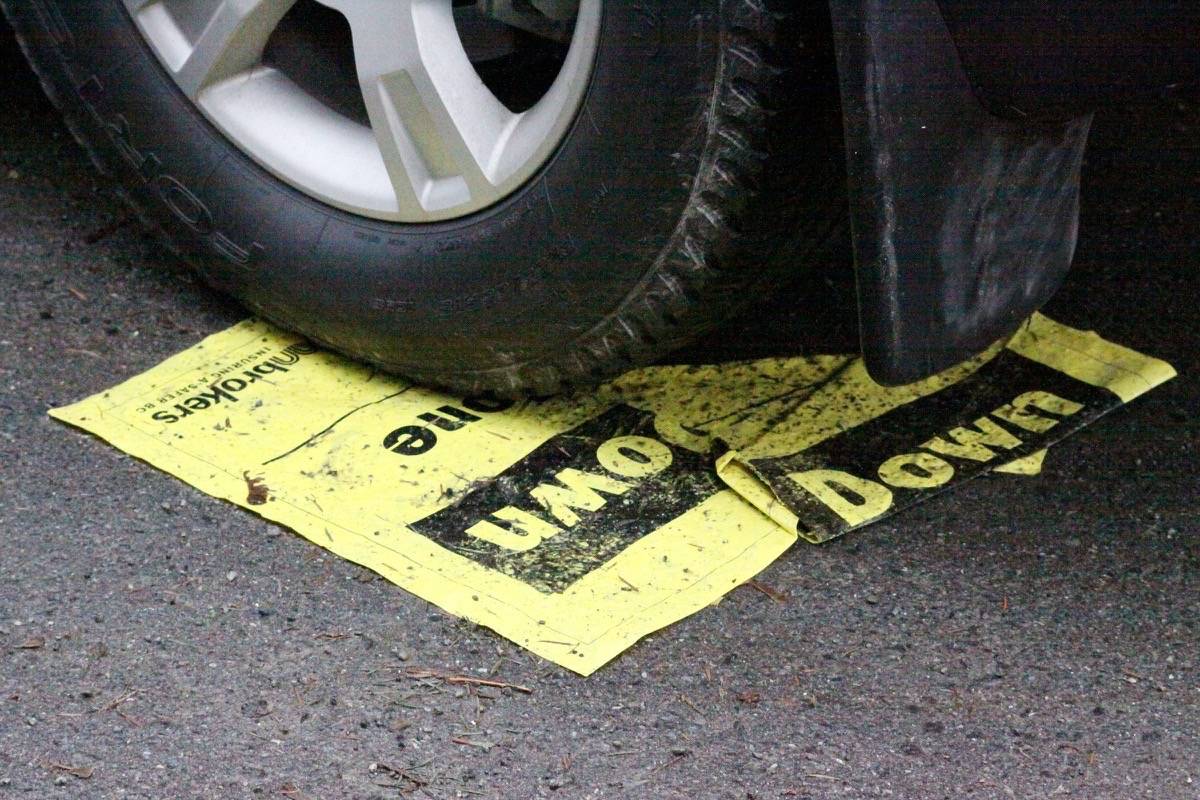By Tim Schewe
Seven years ago I wrote about a safe trip to school, commenting on my experience that a significant part of the safety problem was caused by teachers and parents themselves. Their driving behaviour as they showed up to work or dropped off their children sometimes left a lot to be desired. Did they not realize that they were creating their own problem?
At that time, the only solution that I had to offer was the walking school bus. This is where parents take turns walking the neighbourhood group of children to school. Everyone benefits from the exercise, the children are safer and traffic congestion at the school is reduced.
We know that there’s a problem, but how do we deal with it? The City of Toronto is trying an Active and Safe Routes to School pilot project as a part of their Vision Zero Road Safety Plan. This will see areas around schools being designated as Community Safety Zones.
These zones will see painted crosswalks, active speed reader signs, increased enforcement and higher penalties.
Of the four, the only one that I know for sure results in a measurable effect is the speed reader sign. It’s always there and working.
Do the police have the resources to maintain an enforcement level necessary to result in a lasting level of compliance? Would we accept automated enforcement in school zones? The current political climate in B.C. seems to indicate that it is possible, but as yet nothing has been implemented.
Vienna, Austria, Bolzano, Italy and Haddington, Scotland have taken a different approach. They have decided to exclude motor vehicle traffic around primary schools. Vienna’s closure is at the start of the school day, with Bolzano and Haddington at the beginning, lunch hour and end of the day.
These are pilot projects for Vienna and Haddington, but Bolzano has had this program in place for 21 years. Bolzano found that traffic jams are reduced and safety has increased, reducing the collision rate by half, resulting in about 45 per cent of students walking to school.
Traffic calming measures lie somewhere in between. Here are some examples from the Netherlands. The use of signs, coloured pavement, marked crosswalks and chicanes are markedly different from what is found here in B.C.
ICBC says that every year, 380 children are injured in crashes while walking or cycling and six are killed throughout the province. In school and playground zones, 86 children are injured.
